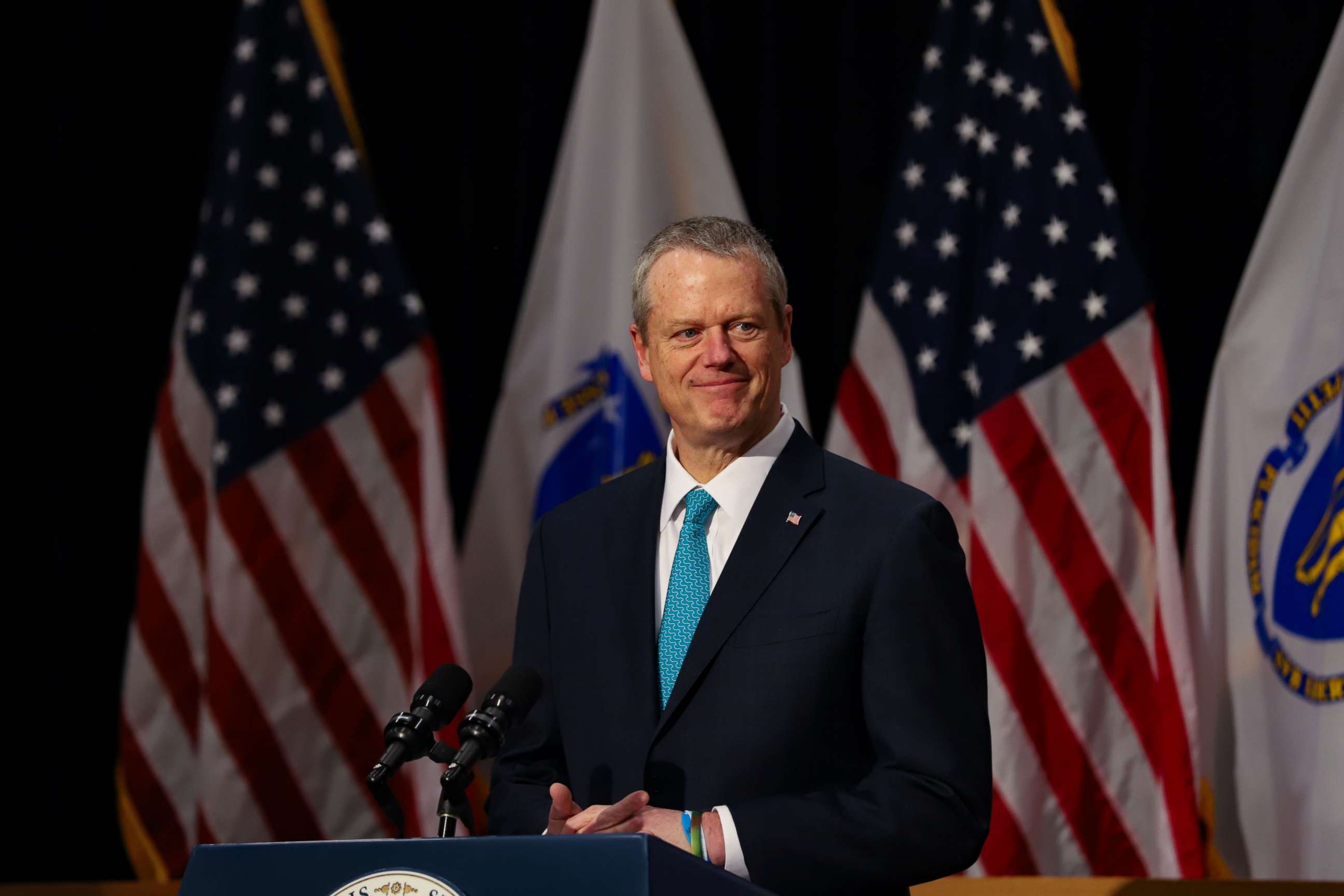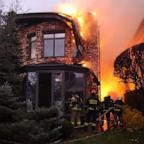New cases on the rise in 49 states, territories
New COVID-19 cases are on an upward trajectory in 49 states and territories, according to an internal Health and Human Services memo obtained by ABC News.
Three jurisdictions are at plateau, while cases in four jurisdictions are going down, the memo said.
In total, 565,606 new cases and 5,782 deaths were reported during the period of Oct 24-30, representing a 15.8% increase from the previous seven-day period.
The national test-positivity rate also increased to 6.8% from 6.4% in week-to-week comparisons.
And 21% of hospitals across the country reported having more than 80% of their ICU beds filled, compared to 17-18% during the summertime peak.
-ABC News' Josh Margolin





